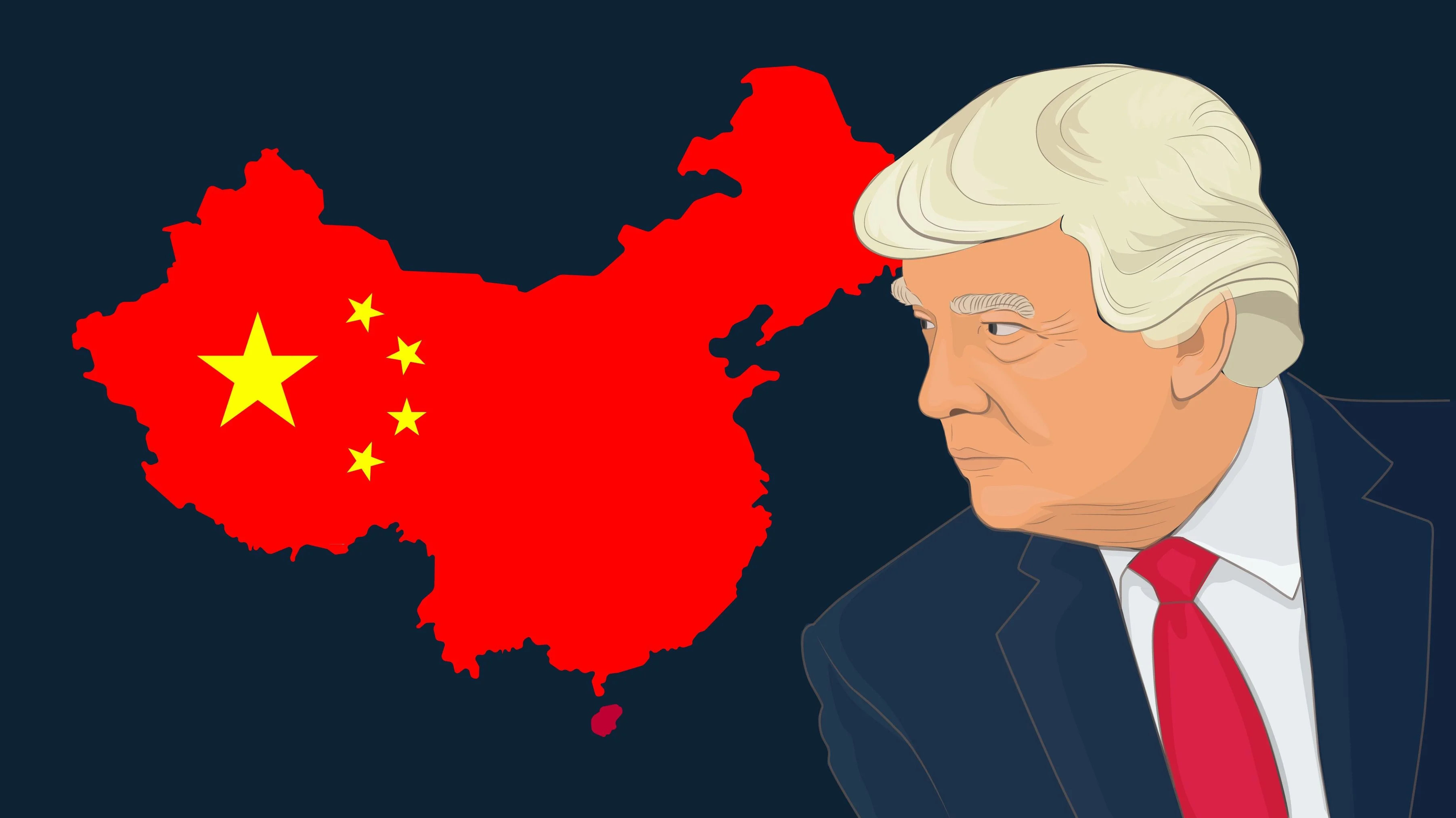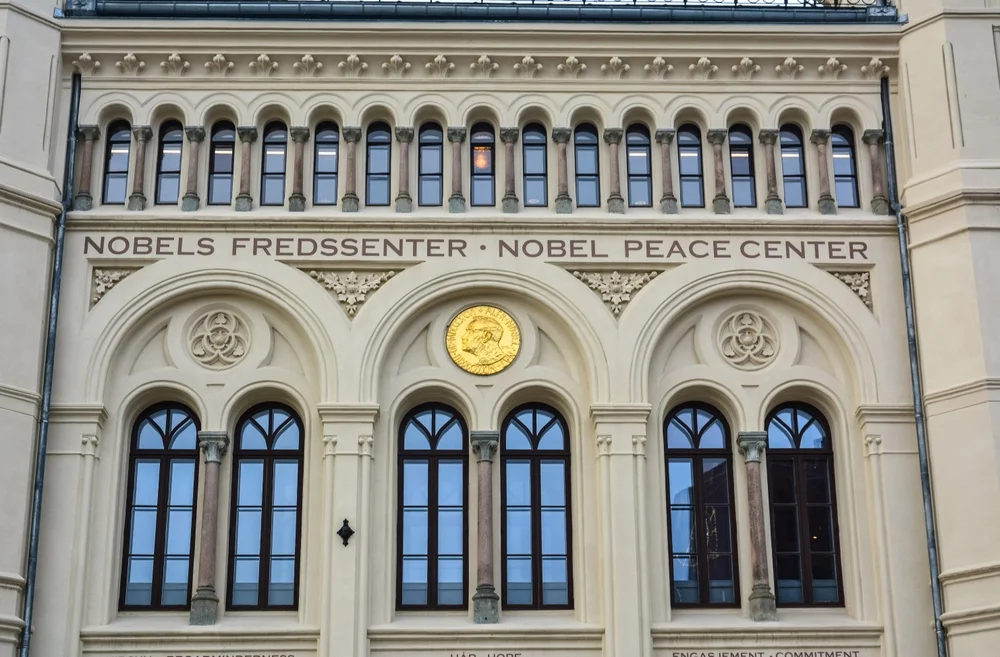
How We Built the Arsenal of Democracy
By unleashing the energy, creativity, and drive of the private sector to rebuild our defense-industrial base, we can trigger a tech-industrial revival of the American economy.
The bad news is, 30 years after the end of the Cold War, our nation’s defense-industrial base is in serious crisis.
The good news is we’ve been here before.
According to a recent report from the Commission on the National Defense Strategy for the United States (an independent, bipartisan group established by Congress in 2022), the factories, facilities, plants, and shipyards of our current defense-industrial base are “grossly inadequate” for confronting the dual threats of Russia and China. The Defense Department agrees. Its first-ever Defense Industrial Strategy document highlighted “serious shortfalls” in the existing base, including manufacturing, supply chains, workforce, and production, and it concluded that “this call to action may seem a great cost, but the consequences of inaction or failure are far greater.”
That was under the Biden administration. The “big, beautiful bill” passed by Congress and signed by Trump at least tries to undo the damage of the past 30 years. It sets aside $29 billion for shipbuilding and other spending tied to our naval and maritime industrial base; our officials are belatedly realizing the two are intertwined and inseparable. It spends another $25 billion for munitions spread across various programs — the war in Ukraine demonstrated that our industrial base is not making enough conventional artillery shells. Another $5 billion will be invested in the critical minerals needed for building today’s weaponry, and $16 billion will go toward innovative technologies such as drones, AI, and low-cost weapons.
All this, however, will take time, which is in shorter supply even than money. All in all, it’s a grim situation we’re only beginning to address.
Economic Dynamism

The Causal Effect of News on Inflation Expectations
This paper studies the response of household inflation expectations to television news coverage of inflation.
.avif)
The Rise of Inflation Targeting
This paper discusses the interactions between politics and economic ideas leading to the adoption of inflation targeting in the United States.

Ignore 'Open Letters' From Economists
Don’t be swayed by “open” letters signed by well-known and well-respected scholars, experts, professors, and businessmen.
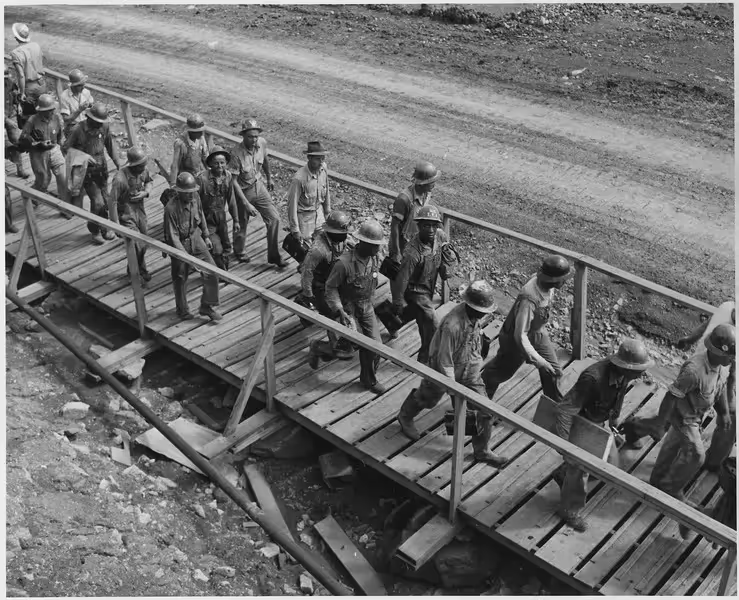
Demystifying the New Deal
Carola Binder reviews False Dawn: The New Deal and the Promise of Recovery, 1933–1947 by George Selgin
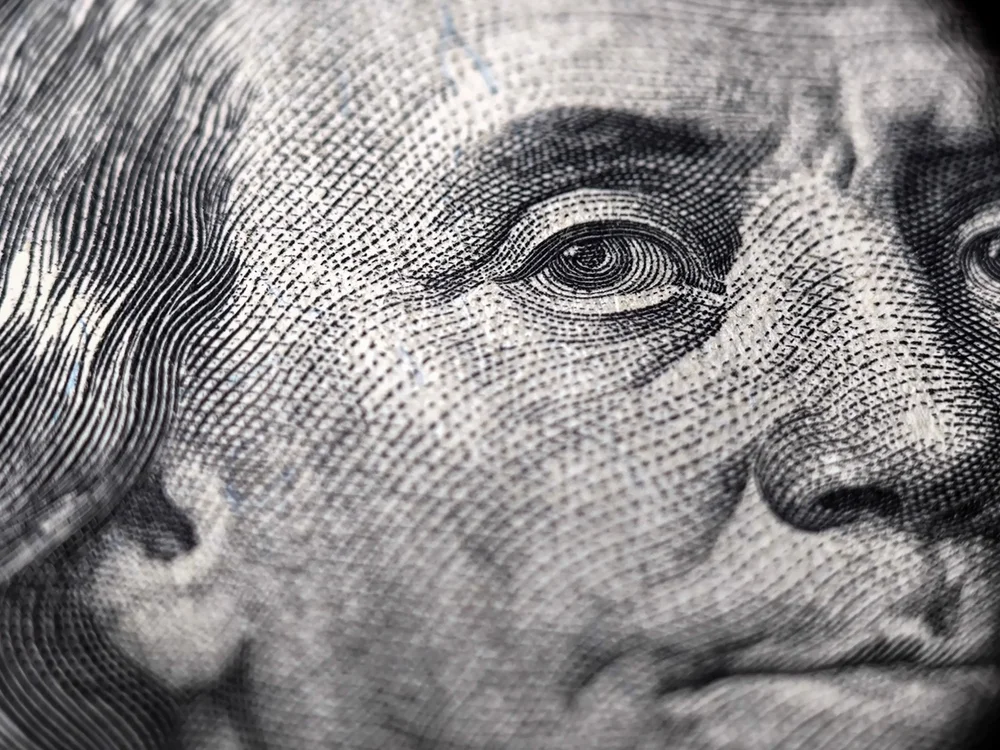
The Reign of the Greenback
The dollar is the world's overwhelmingly dominant currency, but it suffers from endemic consumer price inflation and recurring asset price inflation.

Don’t Choose Your Own Adventure: Understanding Middle-Class Earnings Trends
Measuring these trends is complicated, but the results of wage gains are encouraging.



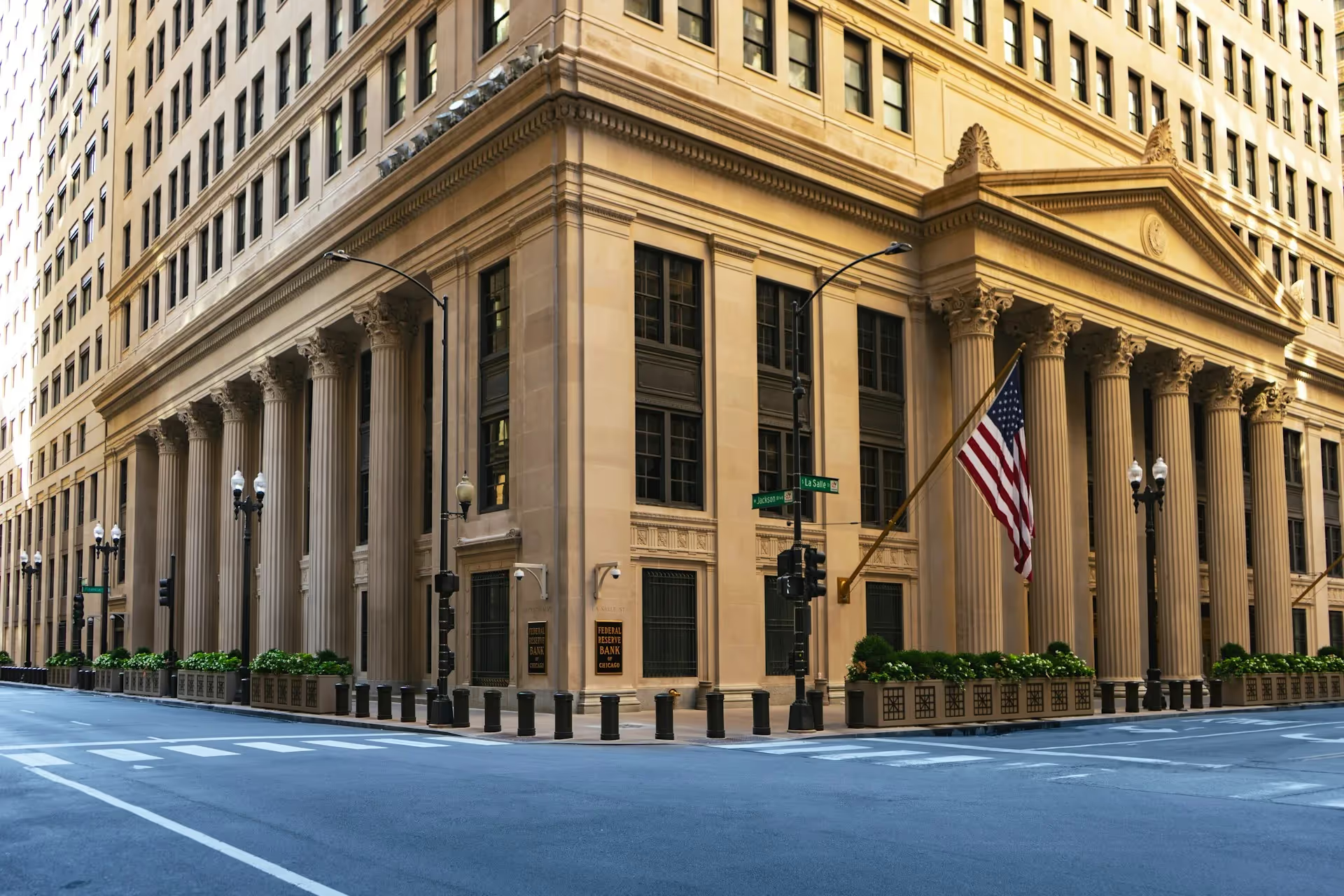

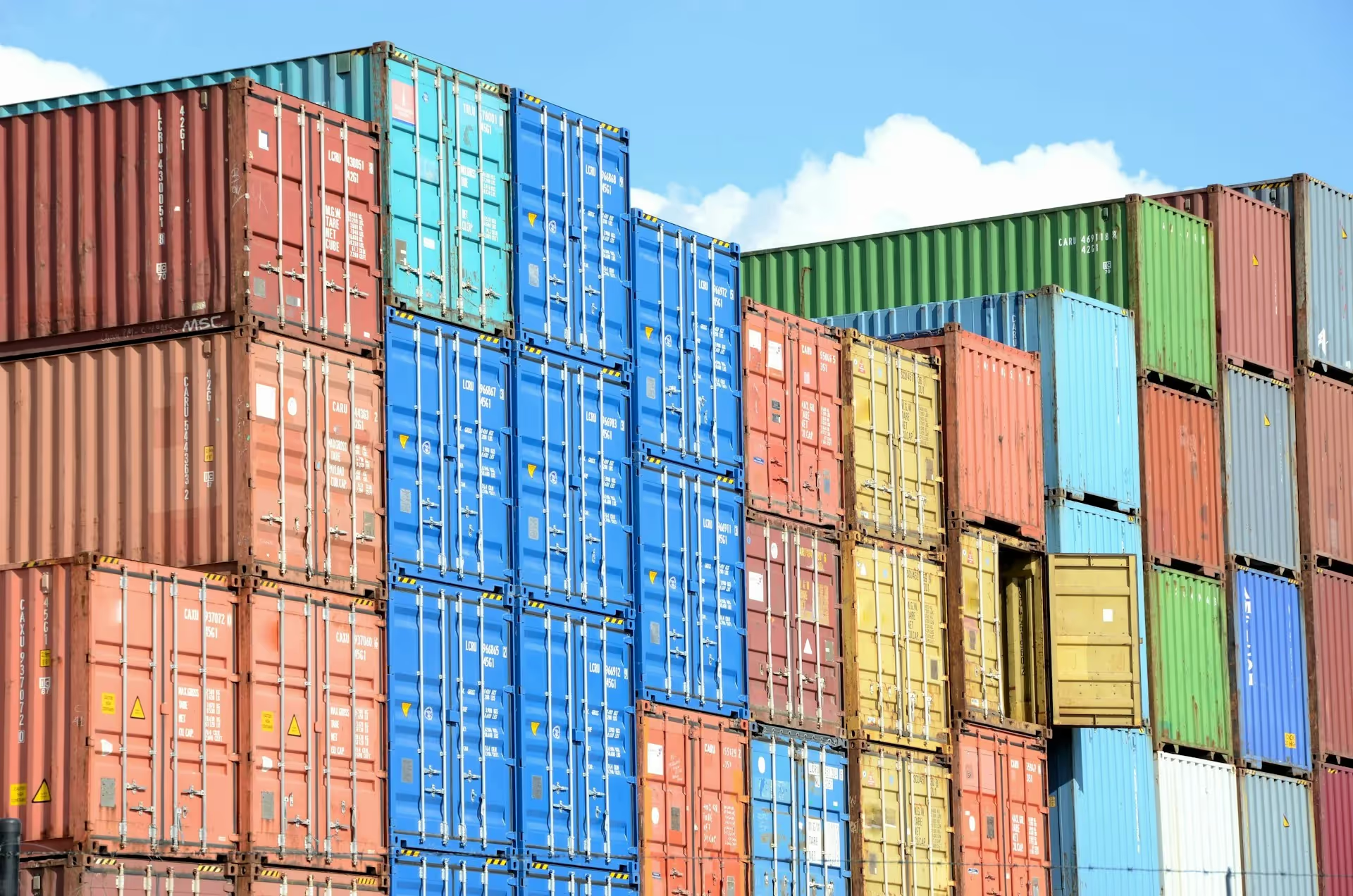
.jpg)


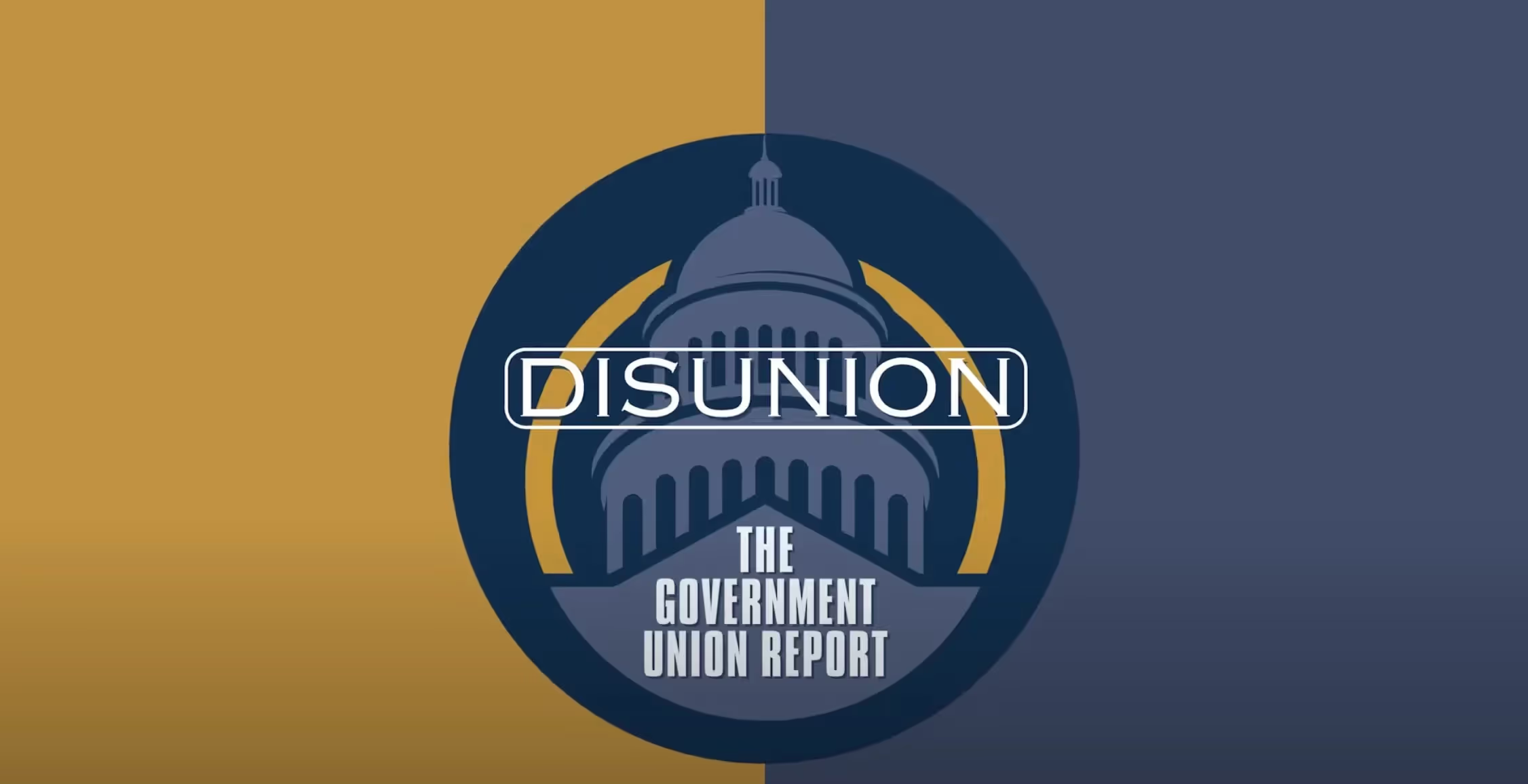
.avif)
